How to Use The SENTRO Knitting Machine for Beginners
All about the SENTRO knitting machine!
All about the SENTRO knitting machine!
We LOVE trying out other knitting mediums. So today, we’re taking a look at the SENTRO Knitting Machine! I am so excited to talk about this machine since I saw it on my Instagram feed.
Knitting machines have always had some controversy among those in the knitting community. Some say it’s not “real knitting” because it seems “too easy” or even “lazy”. I’m not kidding, I have read full blown arguments in the comments sections of knitting groups I follow on Facebook lol!
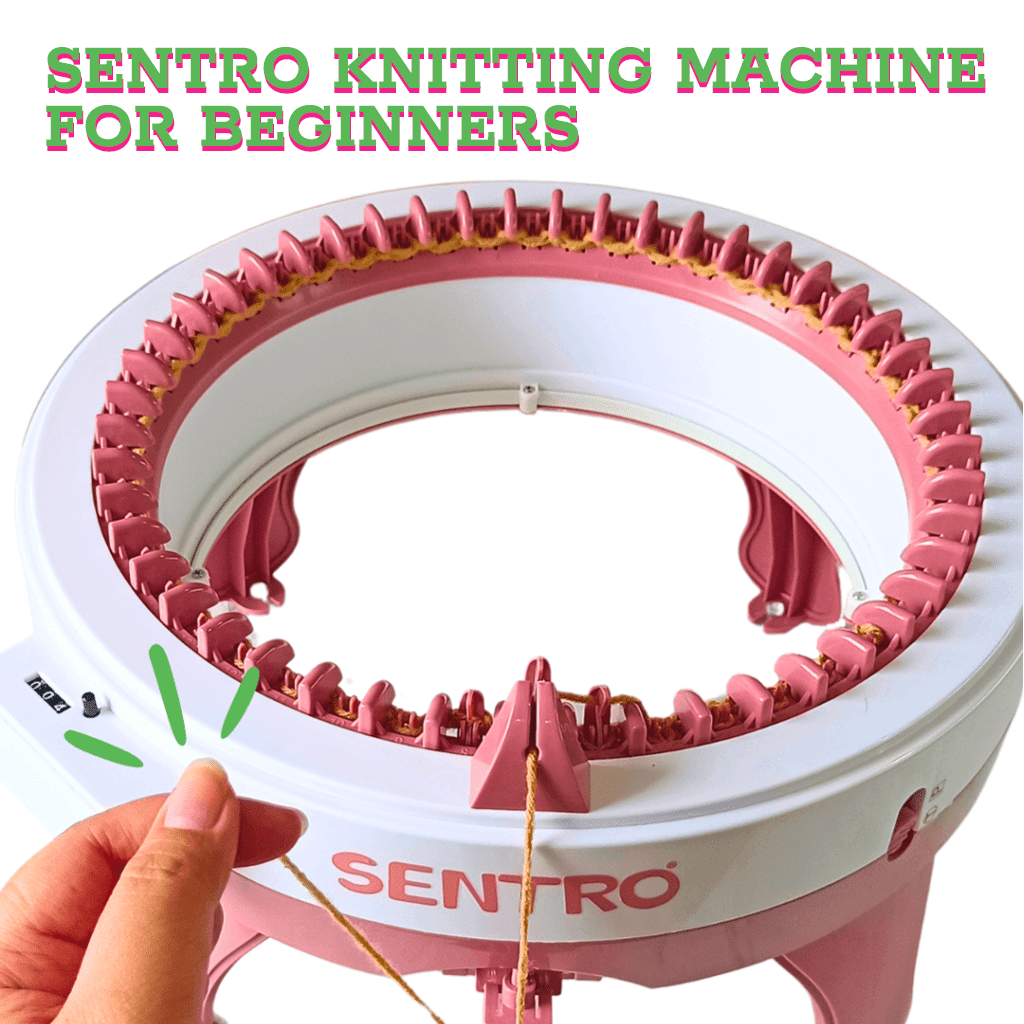
But are those words true?
I personally disagree and we’ll get into that as we learn how the SENTRO Knitting Machine works. So if you’re ready to learn a new medium of knitting, keep on reading!
The SENTRO Knitting Machine has a few important parts that you should know about. So let’s talk about that!
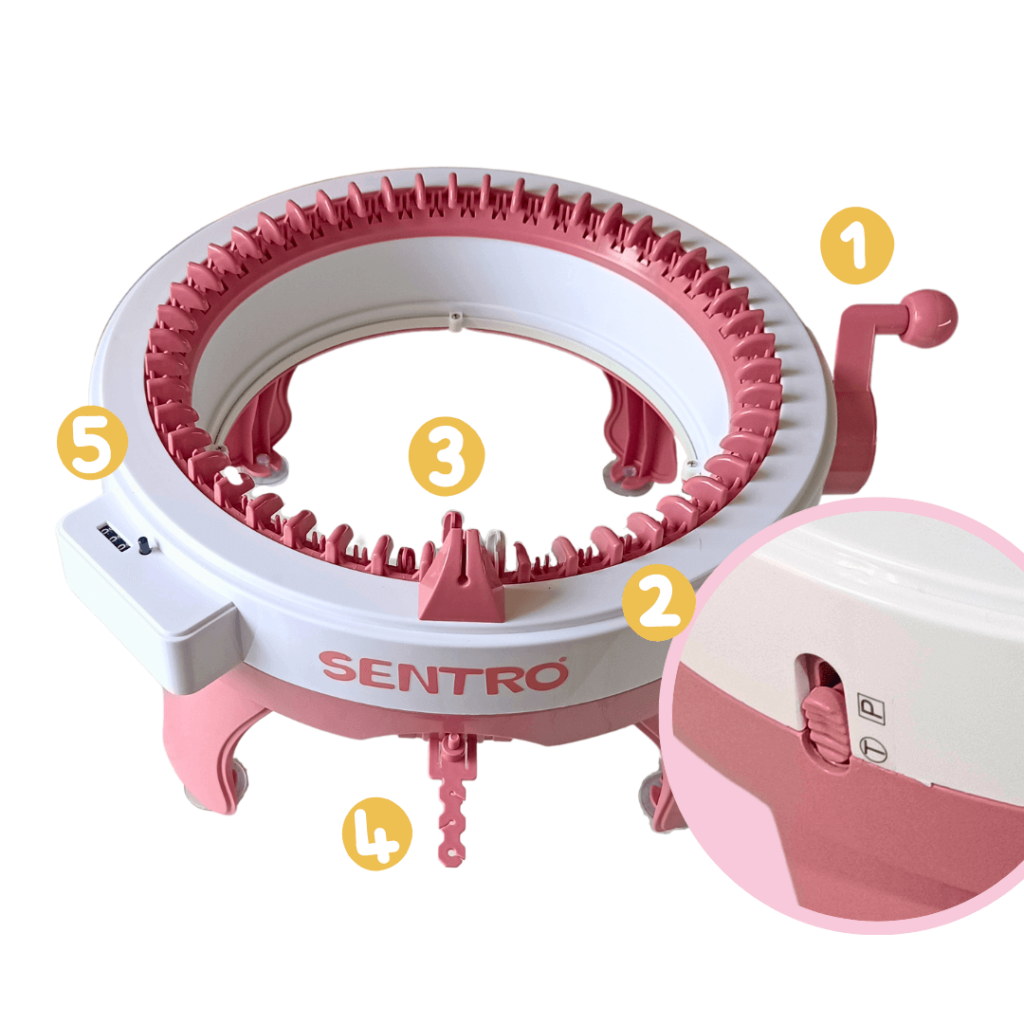
The handle is what you will be cranking clockwise and counter clockwise to knit your fabric.
The knitting modes indicate how your machine is going to knit your fabric. There are two knitting modes on the SENTRO knitting machine:
Tubular
The tubular mode means that your knitting machine will knit your fabric in a round. You will end up with a tubular fabric perfect for sweater arms, cowls, and beanies!
Panel
The panel mode will give you a flat panel that you will have to knit by cranking the handle clockwise and counter clockwise.
The thread guide is where you will “feed” your thread through after your cast on row.
The tension guide is where you will attach your yarn depending on how tight or loose you want your stitches to be. Starting from the inside, you will find three (3) tension settings: tight, medium, and loose.
To the left side of your SENTRO knitting machine, you will find a small rectangle with numbers and a small, black button. This is the row counter. It will help you keep track of the rows as you knit.
The small, black button is used to reset the counter back to zero.
There are two ways to knit with the SENTRO Knitting Machine: Tubular and Panel. We’ll start with the Tubular mode!
The tubular knitting mode is my favorite because it’s so easy to use. All I had to do was cast on all the pegs and I was good to go.
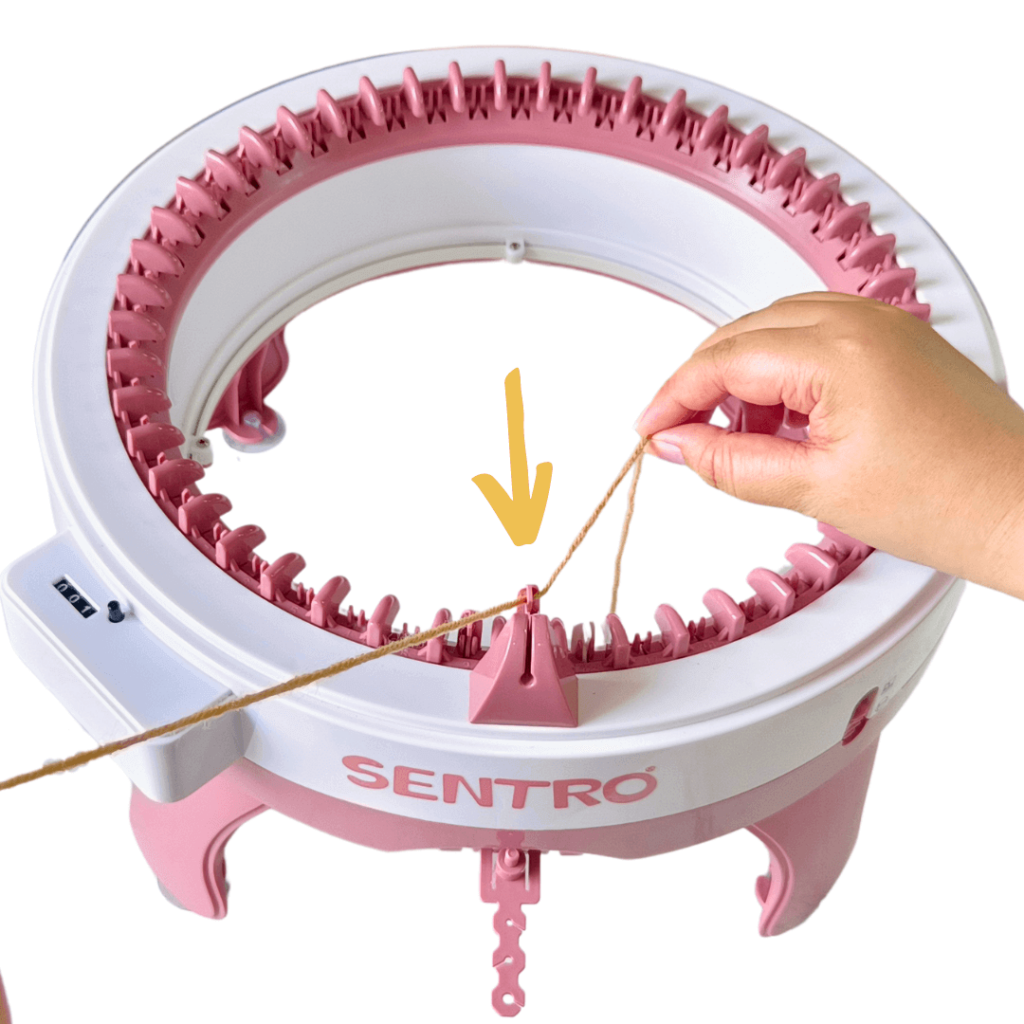
Run your yarn in front of the first peg. This is the peg is to the left of the white (48th) peg.
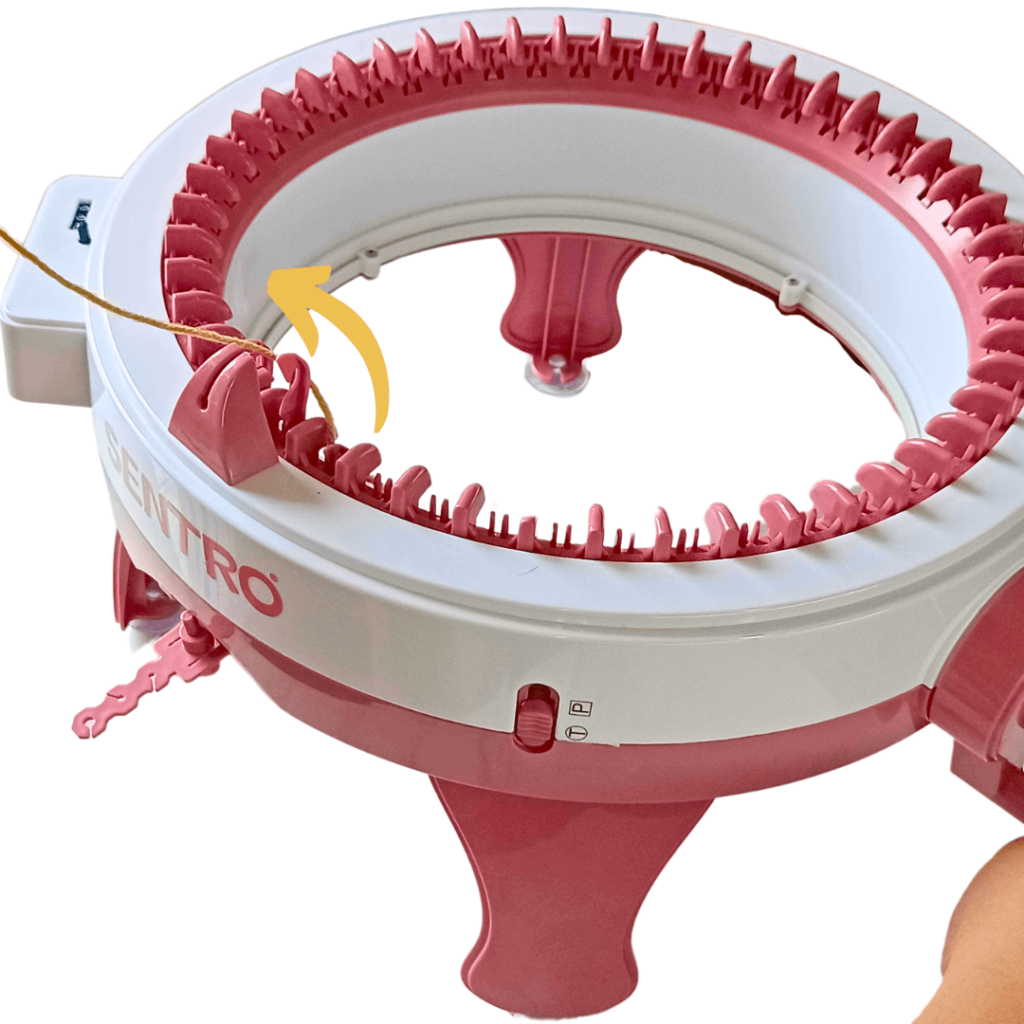
Crank the handle until the second peg comes out. Drape your yarn behind it.
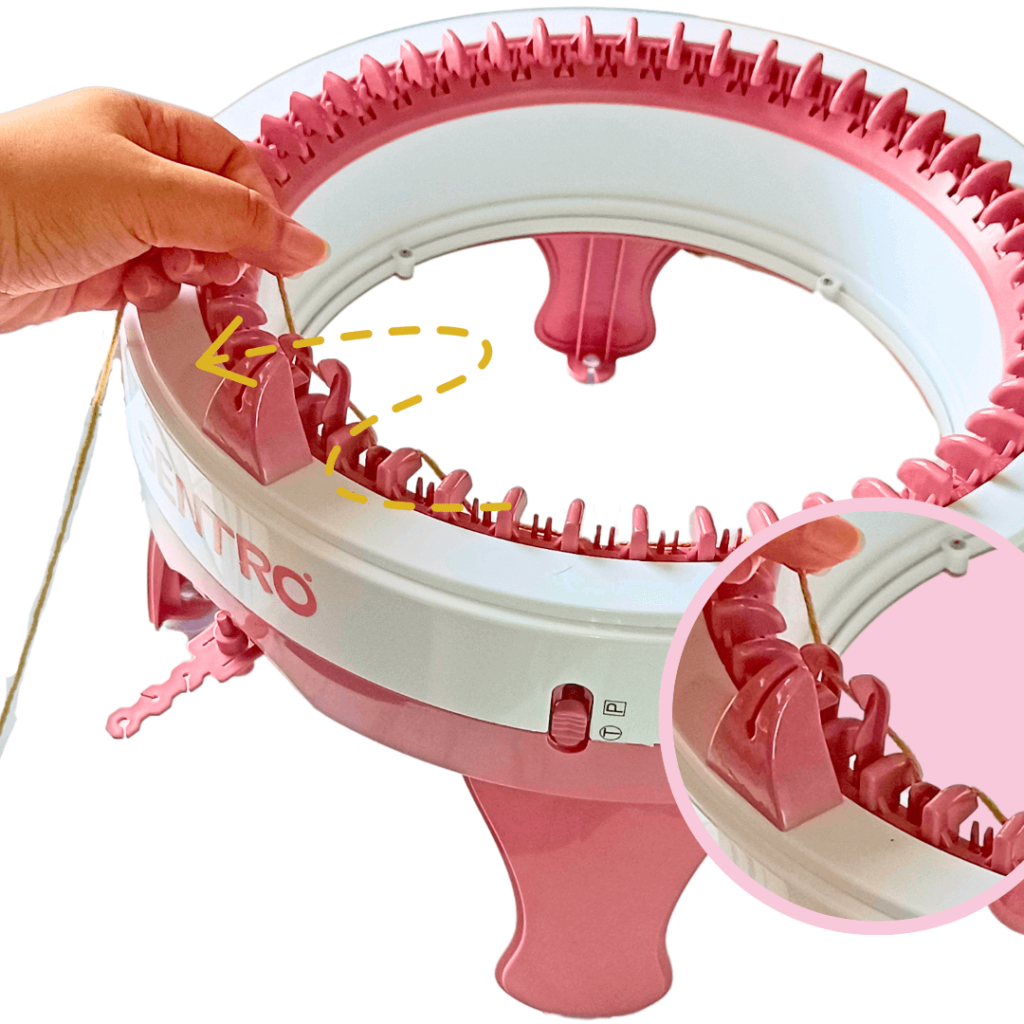
Crank the handle again and run the yarn through the front of the next peg.
Keep doing this zigzag pattern until you have casted on all of the pegs.
IMPORTANT: Go as slow as you can when casting on to avoid dropped stitches!
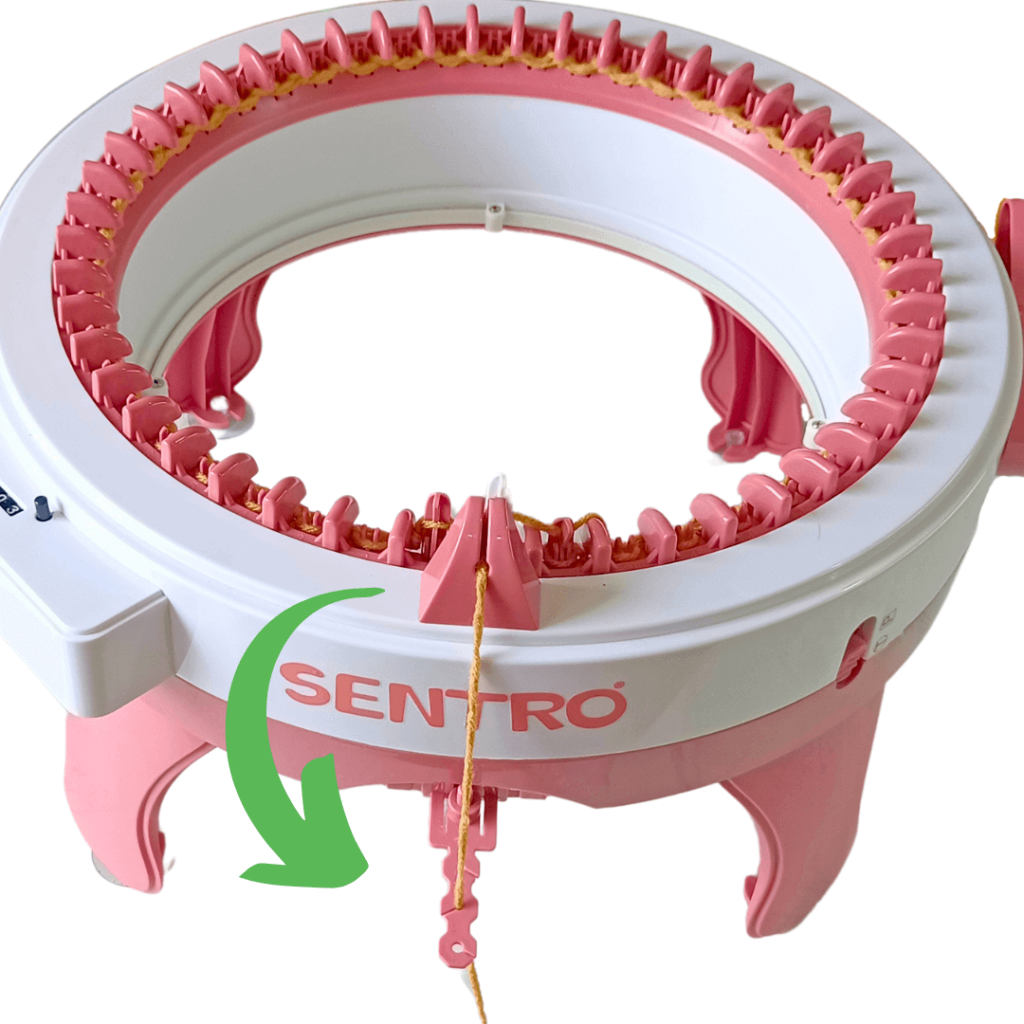
After casting on, run your yarn through the yarn guide and attach it onto the tension guide.
Keep cranking the handle until you reach the number of rows you need for your project!
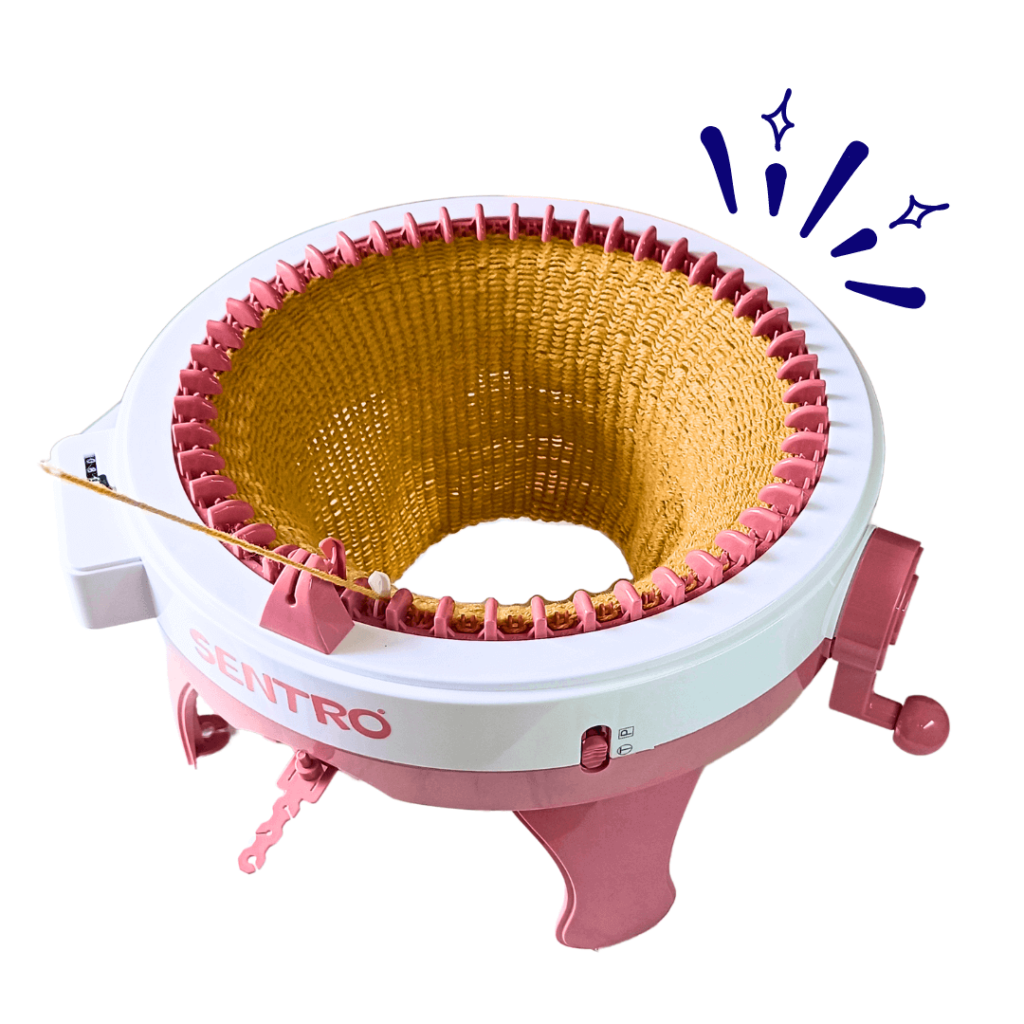
Your knitted fabric should look like this.
Binding off on your SENTRO knitting machine is kind of tedious but simple. Here’s a step-by-step guide:
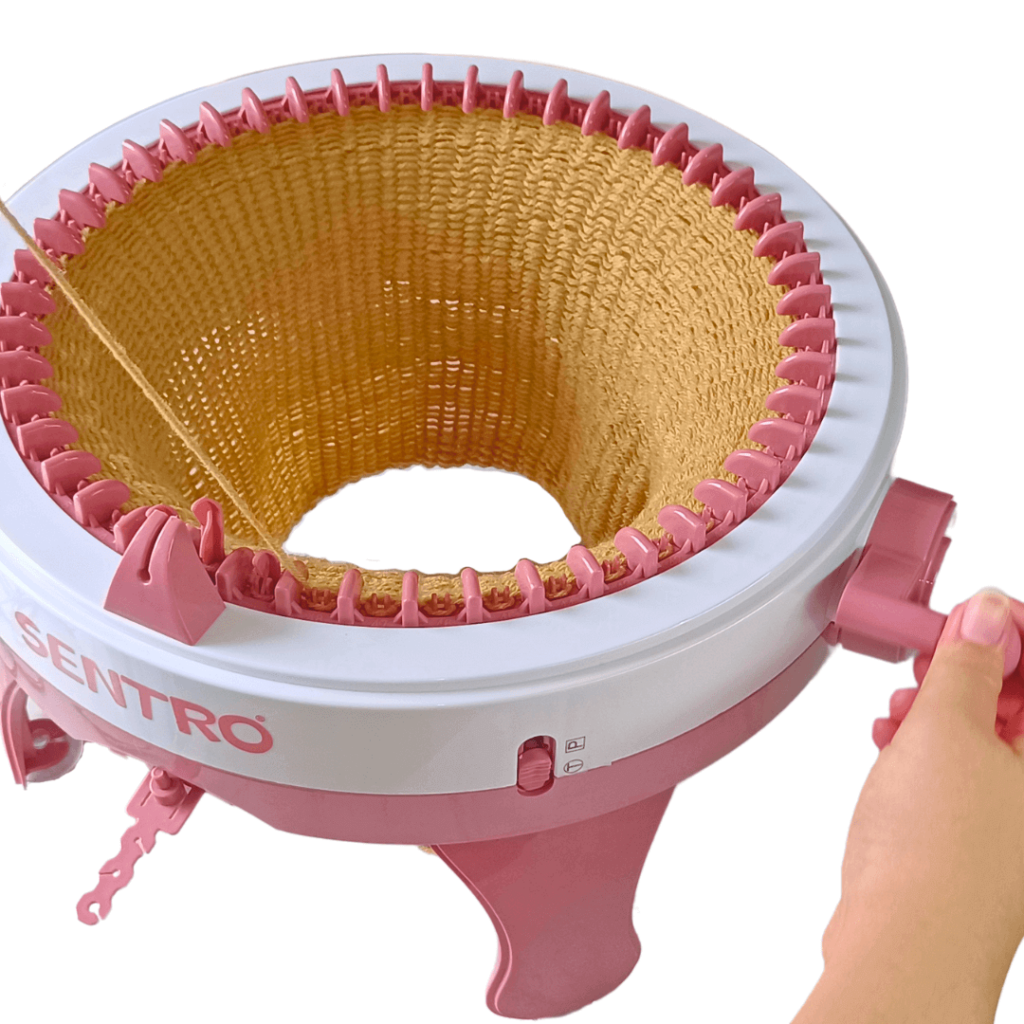
Remove your yarn from the yarn guide and hold it away from the pegs.
Crank the handle for a full row. This will help “release” the stitches.
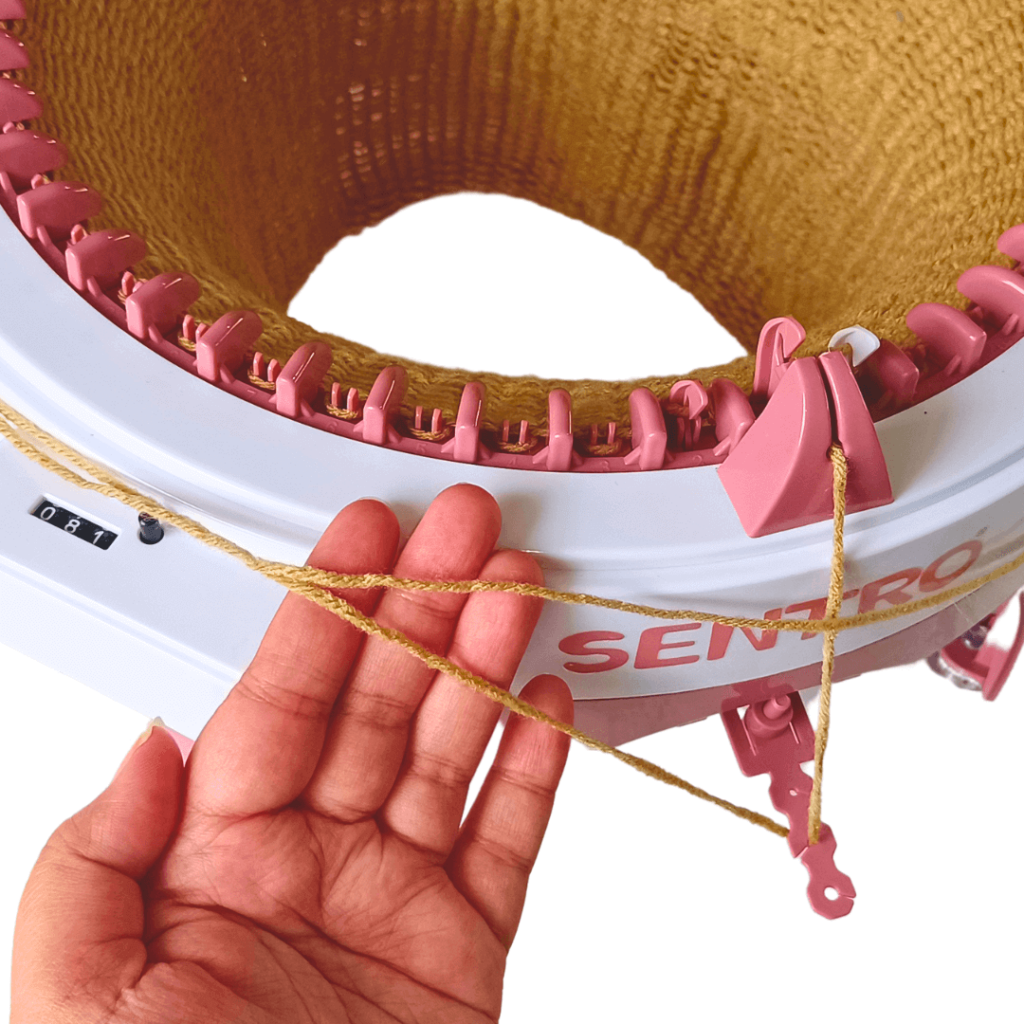
Wind your yarn tail around your knitting machine twice to measure the tail for the bind off.
Cut your yarn and thread it through your darning needle.
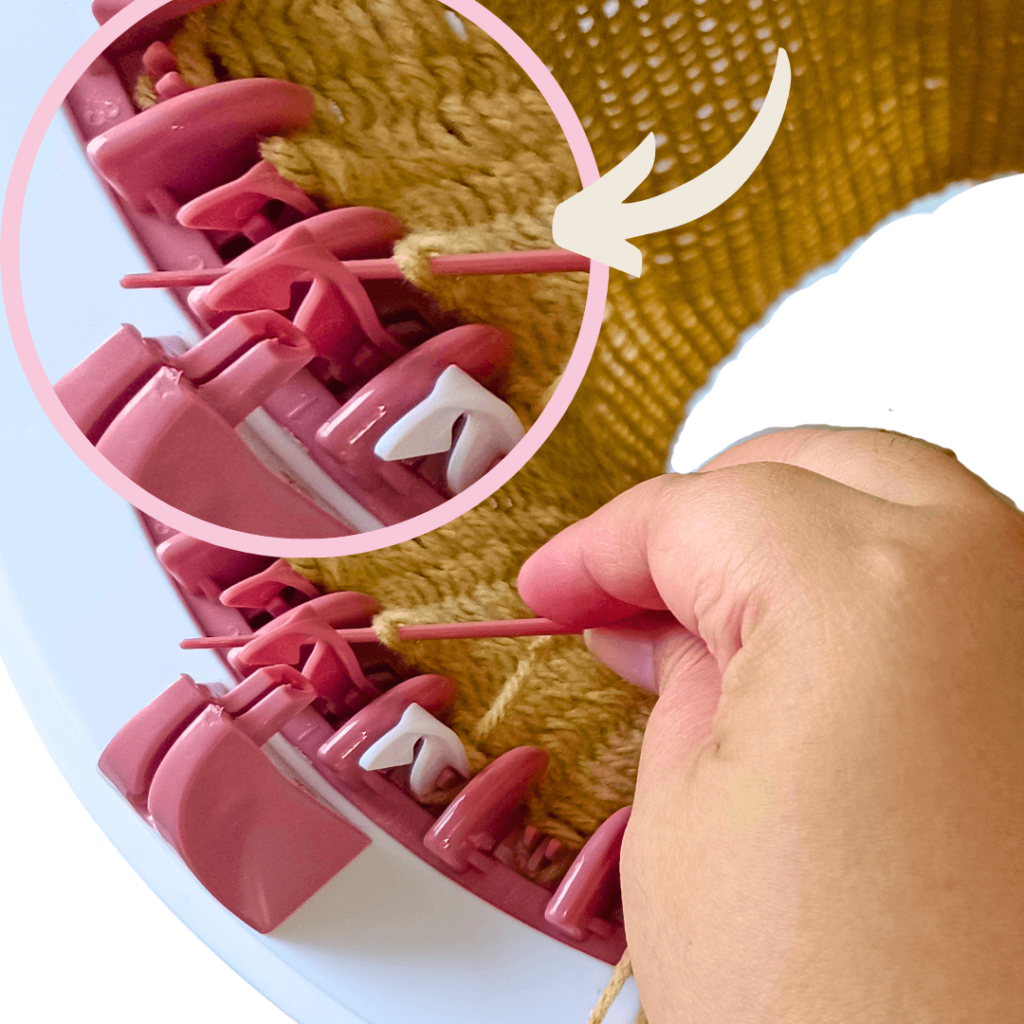
Go in between the two spokes of the peg and thread the needle through.
Repeat this to all of the pegs until you have casted off all of the stitches.
IMPORTANT: Unless you’re making a beanie, DON’T tug on your yarn tail too tightly. Just keep the tension relaxed as you go around each peg.
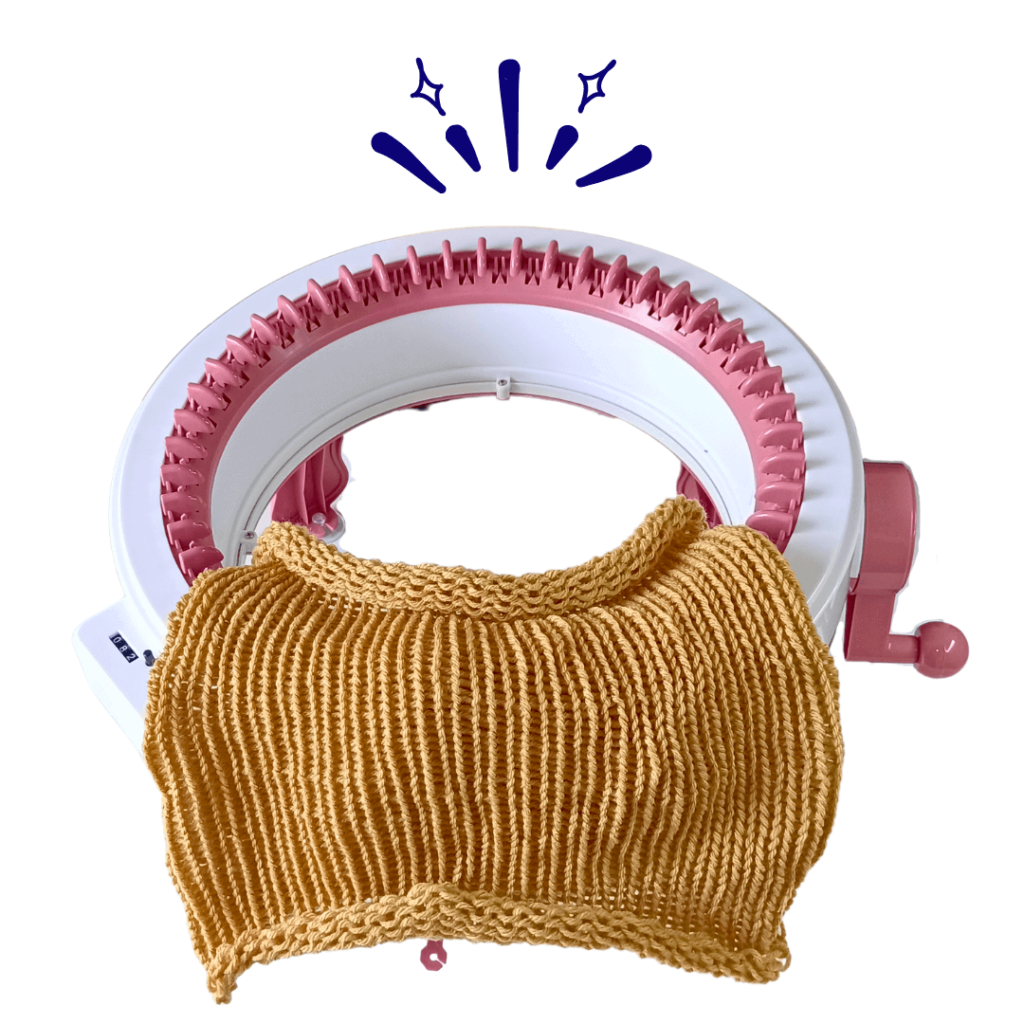
Once done, you should have a knitted fabric that looks somewhat like this!
The panel knitting mode is a bit trickier. It’s still quite easy to use but you need to pay attention to your rounds. This setting will stop you once you reach the first and last stitch.
Once it stops, start cranking the opposite way. DO NOT FORCE YOUR MACHINE TO COMPLETE THE ROUND. Forcing your knitting machine to complete the round can destroy your machine and that’s what we want to avoid!

The cast on for the panel knitting mode is the same as the one used for the tubular knitting mode.
The only difference is that you will knit back and forth instead of going in rounds.
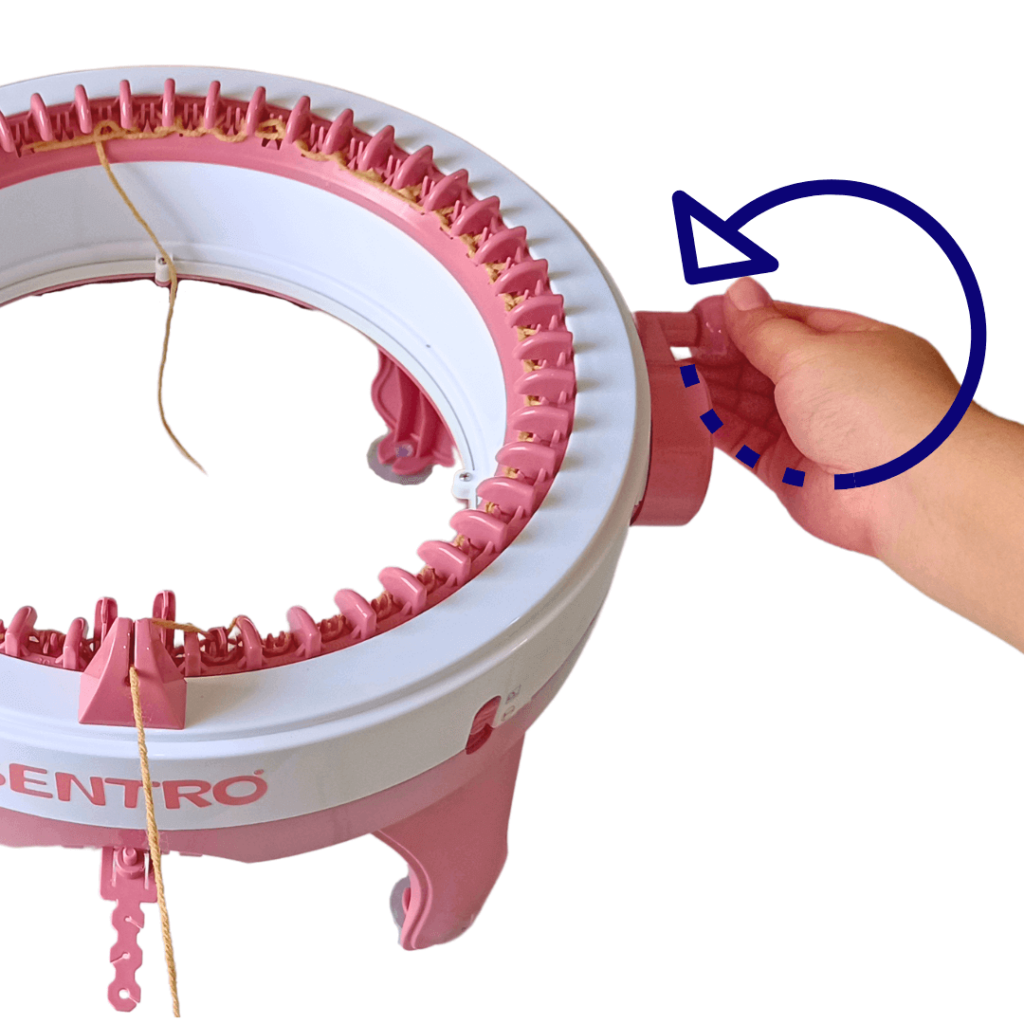
Knitting in the panel mode is simple. All you have to do is:
Crank the handle away from you until the machine stops you.
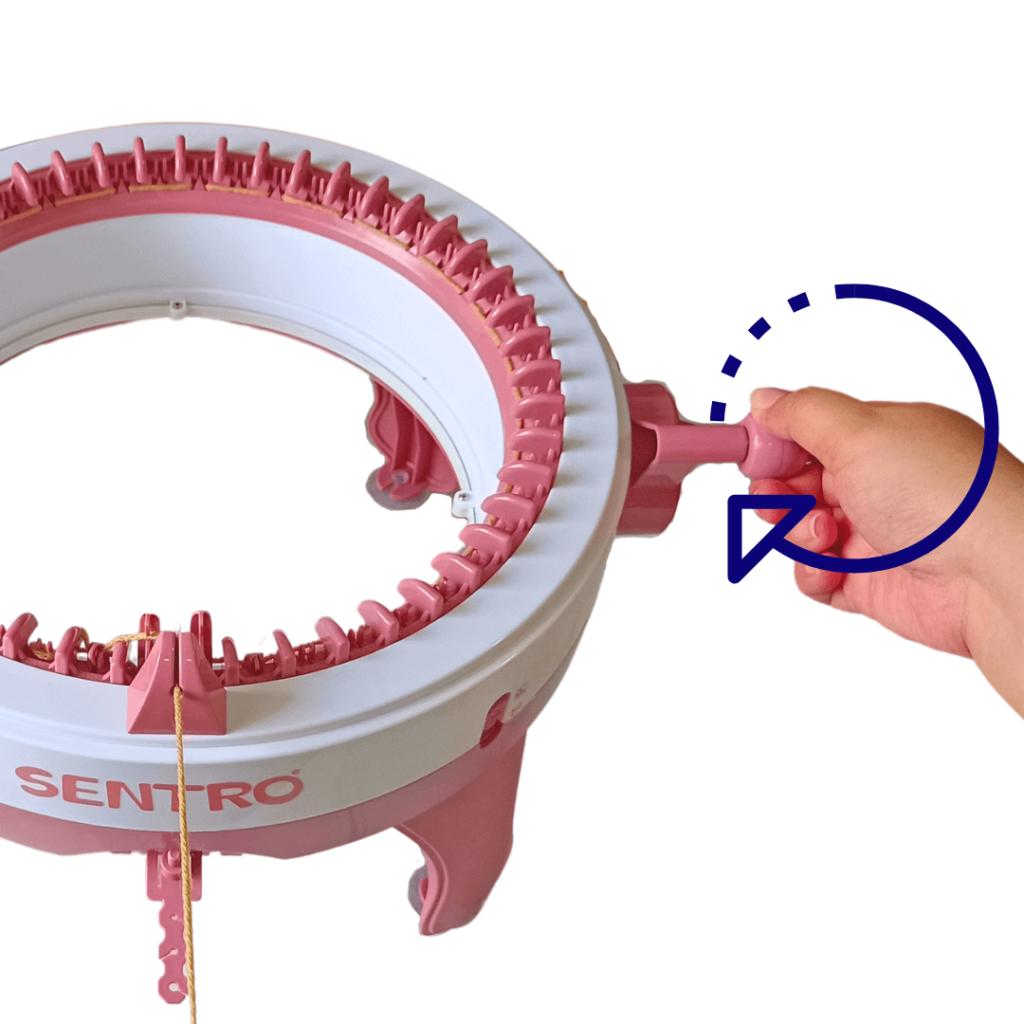
Crank the handle towards you until the machine stops you.
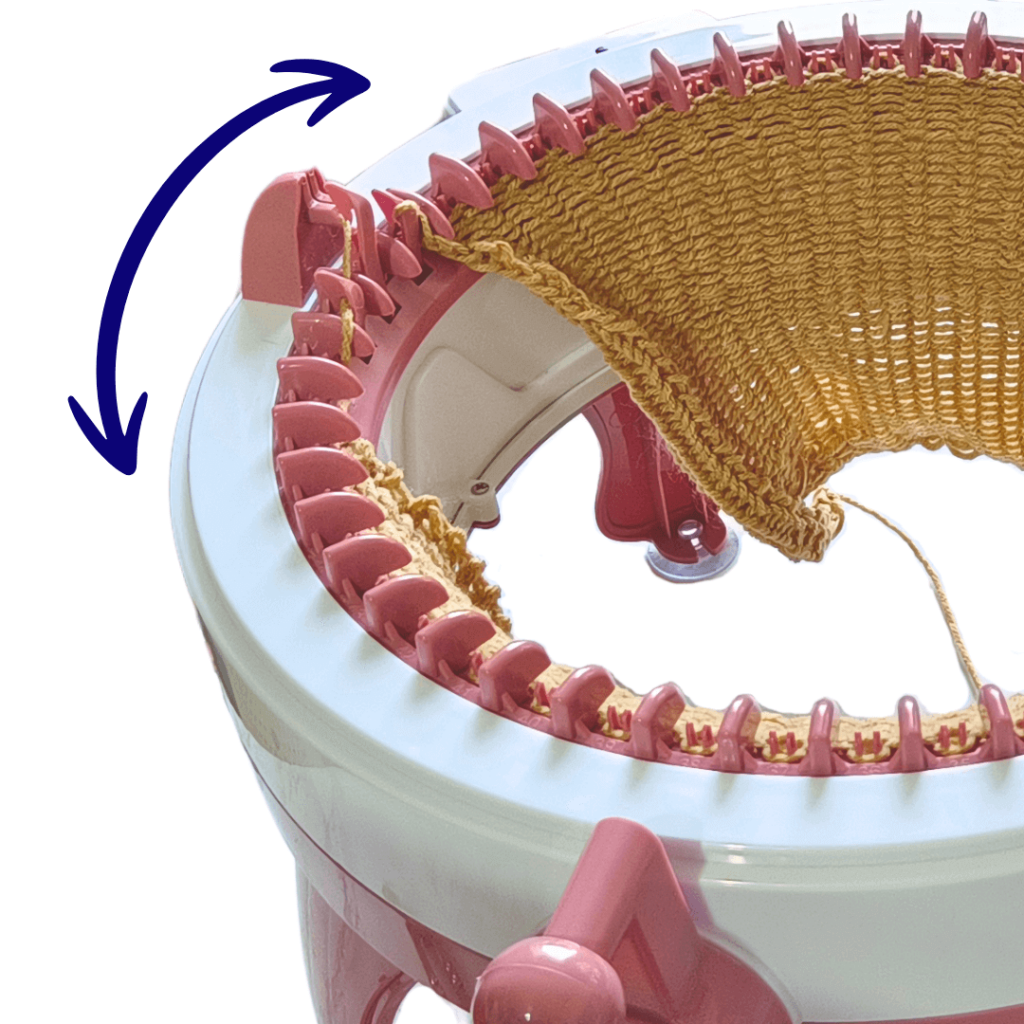
Keep going back and forth until you have all the rows you need for your project.
You will notice that your panel has lost about 2 stitches. That’s normal!
This happens because the SENTRO knitting machine stops you from going past two stitches in a round.
The way you bind off your knitted fabric in the panel knitting mode is the same as the tubular mode.
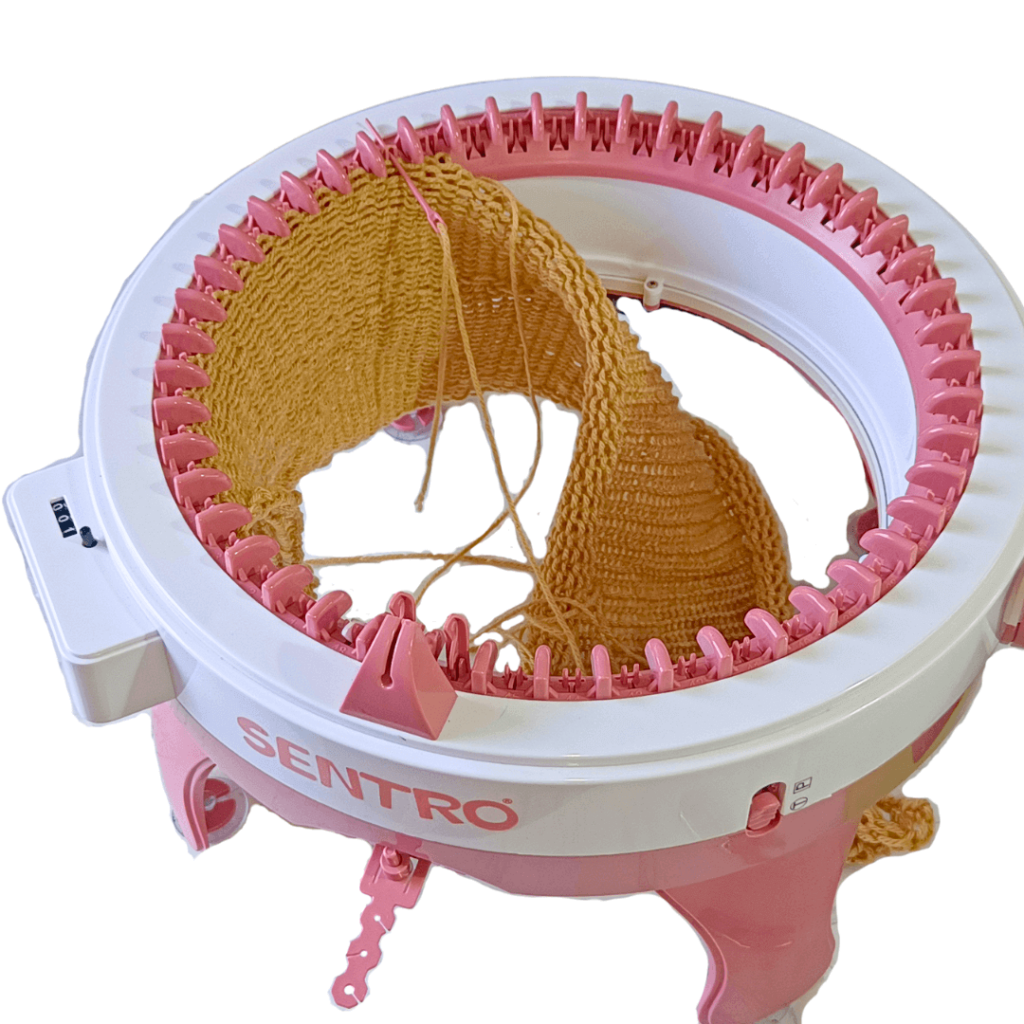
Leave a long yarn tail and thread it through your knitting needle.
Run your needle in between the two spokes on each peg and pull through.
Repeat this until you have fully casted off your knitted fabric.

By the end, your knitted panel should look like this!
One big difference between machine knitting and hand knitting is the materials used in the creation process. Hand knitting (in this case “traditional knitting“) uses a pair of knitting needles to create a knitted fabric. Machine knitting, on the other hand, uses a separate machine like the SENTRO knitting machine to knit fabric.
There are a few other key differences like:
Knitting Machine
You are limited to the yarn thickness that you can use in your knitting machine. Finer, fingering yarn weights might be too thin for most knitting machine settings. While chunkier, super bulky weights are also way too thick for the hooks to grab on and knit.
Hand Knitting
With hand knitting, you have different knitting needle sizes available to you. Thin needles can be used to work on fingering yarn and chunkier needles work well with super bulky weights.
Knitting Machine
You have much less control of the stitch tension when using a knitting machine compared to knitting needles. You can use the tension guide of a SENTRO knitting machine to get a tight, medium, and loose tension. But that’s pretty much the control you have .
You also can’t change the gauge because it’s fixed. There are different sizes available for the SENTRO knitting machine (and other knitting machines), but that means you’re no longer reaching your ideal measurement because you’re sacrificing the number of stitches made.
Hand Knitting
For hand knitting, you have full control over how tight you want each stitch to be. You simply need to tug on the yarn tail or the stitches in the row to adjust the tension.
Gauge is something you can change as you knit to match the pattern’s measurements. You can quickly get an idea of what the size of your finished work will be. While you’ll have to wait for the fabric to stretch and rest when using a knitting machine just to know if you have the right gauge or not.
Knitting Machine
A knitting machine isn’t very portable. It’s bulky, takes up A LOT of space, and heavy. It’s not something you can just shove in a tote bag and bring out in a cafe — although that would be funny!
Hand Knitting
Hand knitting projects are very easy to store and bring everywhere. You can simply chuck your unfinished projects into a tote bag, bring a pair of snips, and you’re good to go. There are also many stylish bags specifically designed for crafters that give you the ultimate WIP (“Work In Progress”) storage for your trips outdoors!
You can make pretty much anything using a knitting machine, however, some stitches may feel more tedious (or might even need different knitting machine attachments) to make.
I had so much fun learning how to use the SENTRO knitting machine! For those who say it’s “not real knitting” or it’s “lazy”, I encourage you to try it out first. It helps speed up the knitting process for many large projects like scarves, cardigans, and sweaters.
It’s not “lazy” to use the SENTRO knitting machine. I almost lost my mind just cranking the handle in the tubular knitting mode hahaha! You may not have to do a lot of work with your hands but there is still a learning curve.
Do you have a SENTRO knitting machine you’re hesitating to use? Well, this is your sign to try it out ASAP. It’s so fun and easy to use once you get the hang of the tempo.
Tell us all about your SENTRO knitting machine experience in the comments section below!
Check out some SENTRO knitting machine patterns:
Now that you know how to use your knitting machine are you ready to put your skills to the test? Here are some awesome free SENTRO knitting machine patterns for you:
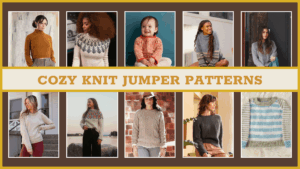


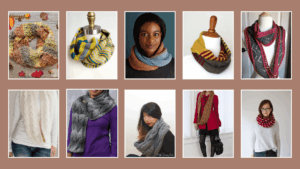
I have knitted by hand since i was 8 years old…i have just about knitted everything.. and i was always told i did a great job. Here i am 74 years old and this knitting machine caught my eye..even if it is just for knitting hats. So i have read this information and have all my things layed out for easy reach and will know start…….will let you know after i get going. Lynda DeVries from Evart, Michigan 49631